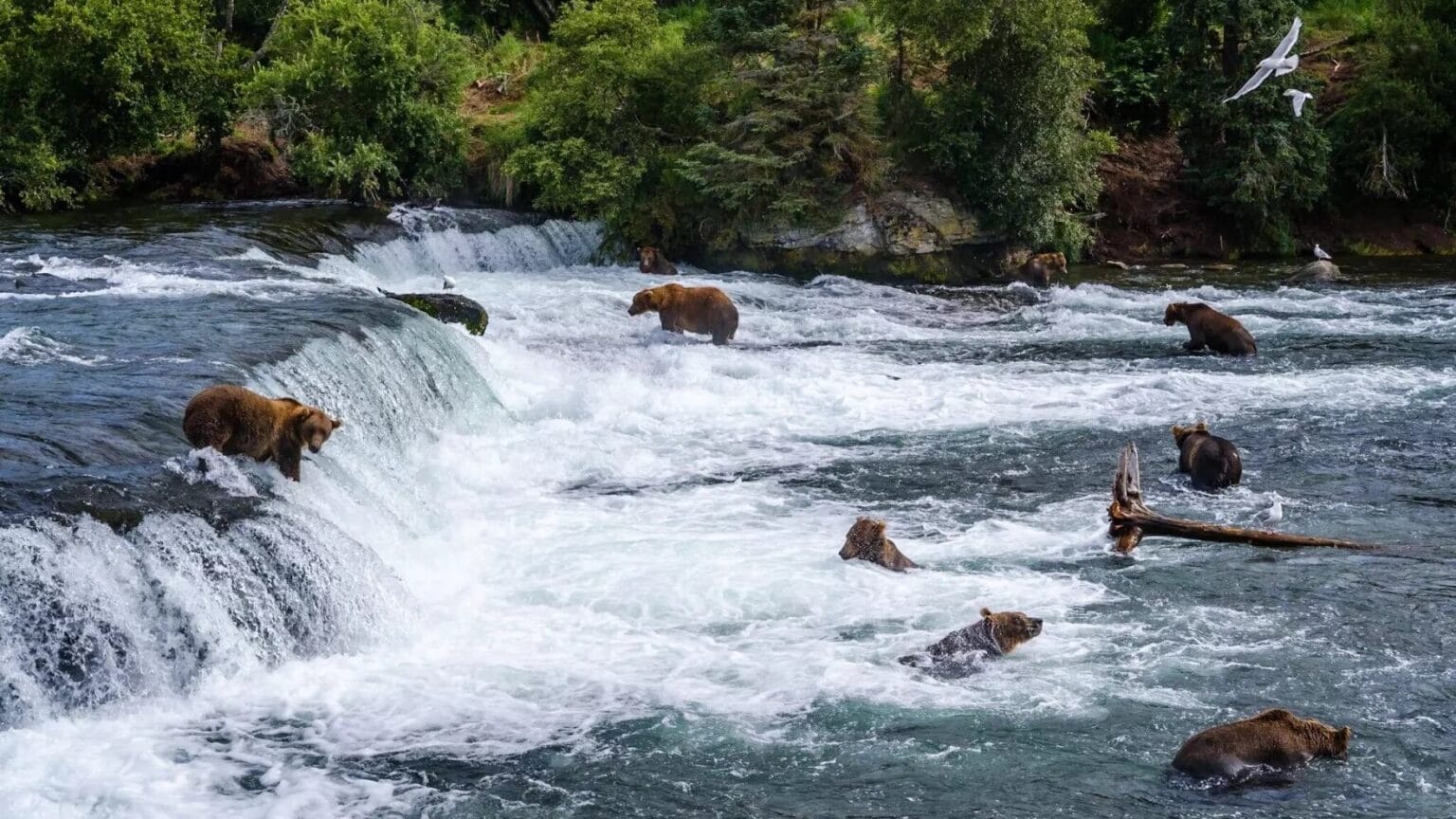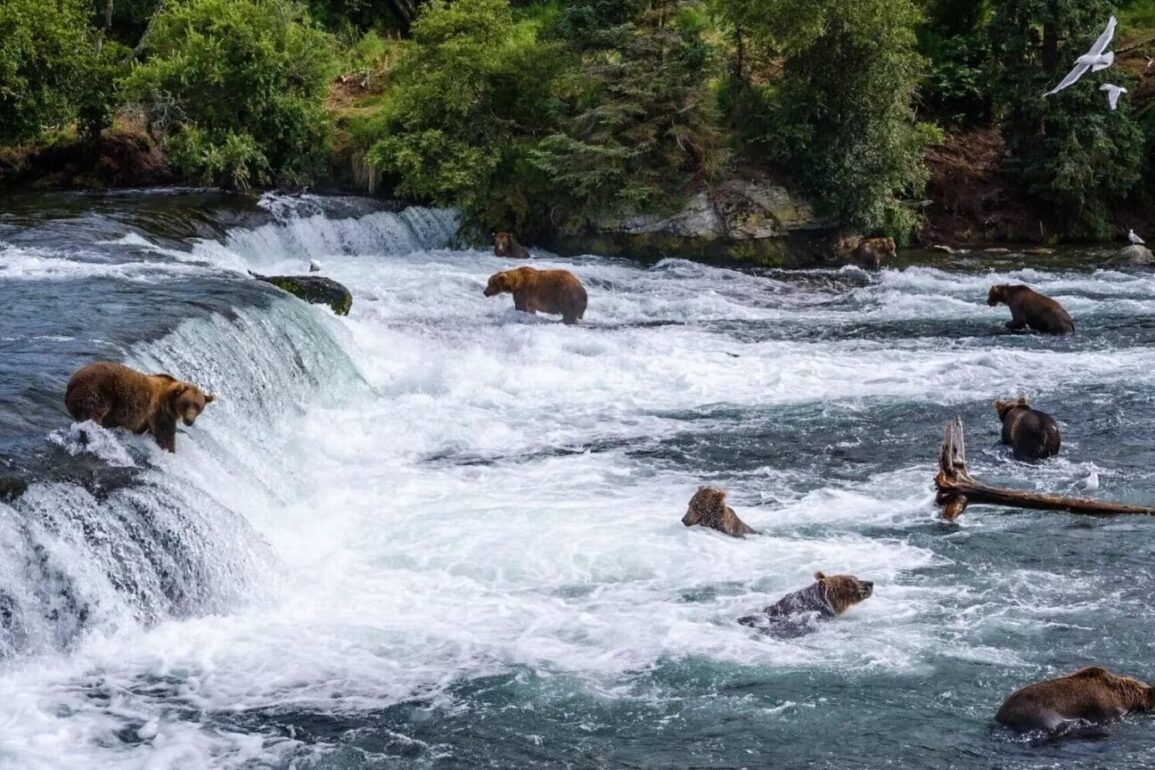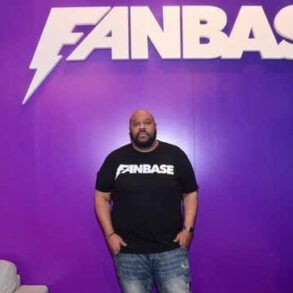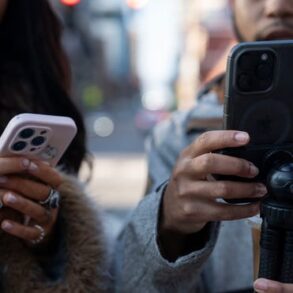
More and more, National Parks are using social media to boost visitor numbers and amplify their conservation efforts. A new study found that it’s working- with the help of everyday visitors. Parks with high social media exposure saw a significant increase in visitor traffic, and that effect was especially noticeable in Alaska.
Casey Wichman is the author of the study and an associate professor of economics at Georgia Tech in Atlanta. He said visitation rates for National Parks across the country have been on the rise and he wanted to see if it was driven by social media. He called the study a passion project.
“This stemmed from casual interest in recreation issues on public lands, which allowed me to think about this as a serious research project,” he said.
Wichman’s study compared social media exposure and visitor numbers for more than 60 National Parks before and after social media began gaining ground in 2010.
The study found parks with high social media exposure experienced up to 22% more visitors than parks with lower social media exposure. Visitation at parks in Alaska surged by almost 80% over that same period.
“I think it’s pretty interesting that social media does appear to be influential for parks that are fairly remote for the average American,” said Wichman.
Wichman said the visitor numbers in Alaska are much lower overall compared to many parks in the lower 48. He said that’s partly why the increases from social media look so dramatic for Alaska Parks – an increase of a few thousand visitors can make a big difference.
But Wichman said he thinks more people are visiting parks in Alaska for a simple reason- because they’re learning they exist through social media. And he doesn’t think it’s just the National Park accounts driving that trend.
He said when someone in a social network posts an incredible picture from a National Park, it can inspire others to make the trip. Wichman said a park’s location plays a critical role in determining how many people visit.
“Seeing the landscapes and the wildlife, I think, is one benefit people get. But increasingly, I think people also really enjoy posting about their visit on social media so they can share that more easily with their friends, or essentially anyone else in their social media network,” he said.
The study shows all parks in Alaska saw more visitors except for Katmai National Park and Preserve near King Salmon. Despite having strong social media exposure, the study shows the park is down about 8% in visitors, or about 4500 people.
Wichman said Katmai is hard to get to, you have to fly or take a boat, and that likely contributes to the slight decrease in visitation. He thinks fans are substituting in-person visits with online engagement.
“Maybe people really enjoy watching bears from their computers or phones, rather than actually being there with them,” he said.
In 2014, Katmai started ‘Fat Bear Week,’ a competition between the preserve’s chubbiest brown bears. Since then, public information officer and education program manager Matt Johnson said visitor numbers at Brooks Camp have increased, despite a slight dip in overall visitation to the park.
The Brooks Camp Campground opened reservations in January. Within 15 minutes, Johnson said all 60 campsites were booked through mid-September.
“It used to be that you could get a [camp]site anytime,” said Johnson.
Johnson’s role includes curating posts for social media. He said he looks for photographs that speak for themselves and share the park’s mission: to conserve scenery, natural and historic objects, as well as the wildlife.
Their social media management team looks a little different during Fat Bear Week. He said several regional and national partners are involved, like explore.org.
“Now it’s such a big deal that there are more people from the National Park Service involved in the process.”
Johnson said Katmai is looking for ways to help spread their conservation efforts to a wider audience that might not visit in-person or don’t use social media. In 2012, the park established live bear cameras which have been popular, Johnson said.
Johnson said in the park’s history, there’s never been more than 100,000 visitors in a year. He said relatively low visitor numbers to Alaska National Parks are part of what makes them unique. He hopes visitation numbers keep increasing, but he said it’s not something the park is focused on.
“We’d like to see an increase,” he said. “Katmai has small numbers compared to other parks.”
Study author Casey Wichman hasn’t visited any National Parks in Alaska, but said they’re on his bucket list.






